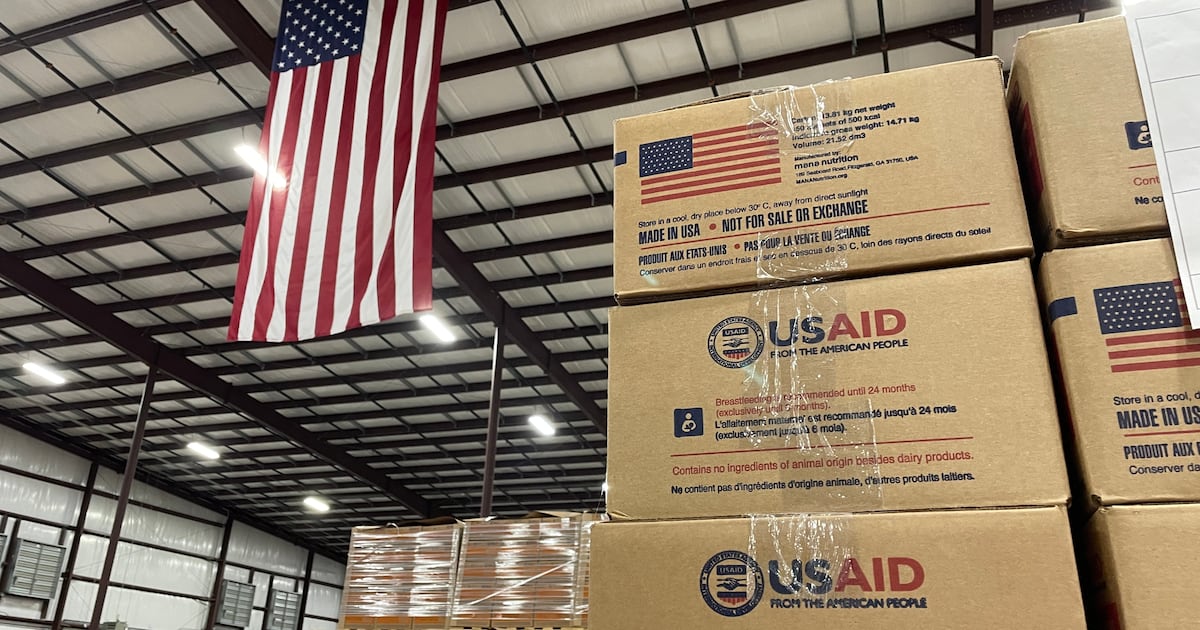Excerpted from Melancholy Accidents: Three Centuries of Stray Bullets and Bad Luck:
Just short of the muzzle of the upturned pistol that is the state of Idaho, Kootenai County is home to an adult population of around one hundred thousand, and nearly twenty thousand concealed-carry gun permits. Every year, county officials process so many new requests from citizens hoping to wear firearms hidden under jackets, slung on their hips, or strapped to their ankles, that you might think this picturesque community of mountains, lakes, and backcountry was a lawless wasteland, rather than a popular destination for outdoor sports enthusiasts. Over the past decade, the number of annual concealed-carry permit applications has increased tenfold, from fewer than 300 in 2007 to nearly 3,000 in 2015. The sheriff’s office has limited the number of hours its lobby is open for other business because the paperwork involved in arming the public simply takes up too much time.
Few Kootenai residents would want it any other way. Even the county commissioner has a concealed weapons permit. He wears his holstered sidearm during town meetings, because, he once explained, “You just never know when something is going to happen.”
A 29-year-old mother spending the holidays in the county in 2014 must have felt similarly. As she and her two-year-old son walked the aisles of the Walmart Supercenter a few miles west of Coeur D’Alene National Forest just before New Year’s Eve, she kept her legally concealed 9-millimeter Smith & Wesson semi-automatic in a purse designed for that purpose, within a zippered pocket on the side of a leather shoulder bag almost indistinguishable from many available in the women’s accessories section of the store.
A Christmas gift from her husband, the concealed-carry purse was a $100 “urban shoulder bag,” made by an Illinois company called Gun Tote’n Mamas. According to the manufacturer’s site, the bag can hold a weapon ranging in size from a snub nosed revolver to a 1911 Commander, along with a water bottle or book, maps, wallet, and “munchies.” Beneath the front flap, a six-pocket organizer provides ample room for “pens, papers, cell phone, keys, loose change, iPOD, BlackBerry, etc.” A loaded handgun was just one more tool for the modern mom on the go.
As a Gun Tote’n Mamas slogan put it, to be armed and fashionable allowed women to “Take control in style.” And not to worry if your new handbag’s leather seemed a bit stiff; it would “become butter soft within weeks of use.”
This particular gun purse never had that chance. As mother and child made their way through Walmart, the toddler unzipped the gun pocket and reached inside. He drew the 9-millimeter out of its velcroed holster, pointed it up from his seat in the shopping cart, and fired at his mother from point blank range.
Speaking soon after, local law enforcement expressed sympathy, but stopped short of surprise. “It’s pretty common around here,” a lieutenant at the sheriff’s office said. “A lot of people carry loaded guns.”
Comments from the dead woman’s family likewise lent the shooting an air of inevitability. They lived around weapons, the mother’s loved ones explained. As veterans of rifle clubs and hunting trips, blasts like those that rang through the Supercenter on a Tuesday morning were not usually cause for alarm; they echoed naturally through their lives.
“We’re gun people,” her father-in-law said.
Children killing adults with guns is a statistical subset small and sorrowful enough that it always receives at least local press coverage. Just three weeks earlier, an Oklahoma three-year-old had killed his mother while she changed his infant sister’s diaper. A few months before that, a nine-year-old in Arizona had killed her shooting range instructor with an Uzi.
But the Idaho Walmart story spread farther and faster than most similar incidents. Something about this shooting seemed to cry out for telling and retelling in news reports around the world. What made this story so compelling? Was it its setting, within the national ritual of the post-holiday shopping trip? Or perhaps it was the almost universal image at its core: the mother hunting for deals as a curious child digs through her purse. “The details,” as The New York Times noted, “are shatteringly ordinary.” Each of them—the scene, the characters, and the perfect storm of bad judgment and misfortune—combined to give even the most basic reporting the narrative power of a carefully crafted short story.
Though the facts of the shooting were recounted with an urgency typical of the Internet age, they added up to something more haunting and elusive than jaded consumers of 24-hour news usually encounter. Here was a memento mori peculiar to our culture; a sudden recognition that guns now move through the American landscape with such ubiquity that even a family stroll through Walmart can lead to a game of Russian roulette. The story suggested that the question we collectively face is not if the guns all around us will fire, but when.
***
In the days following the Kootenai County tragedy, the hashtag #IdahoWalmart lit up social media. With Facebook, Instagram, and especially Twitter having become the primary means by which stories of unfortunate events are shared, lamented, and disputed, tweets and status updates about the store, the state, and the weapon hit the same sad notes for weeks. As such things do, however, this singular shooting occupied the public’s outrage and imagination for a short time, only to be replaced by another of the daily deadly incidents collectively known as #GunFails.
Yet the hunger for such stories remains, as does our fascination with them. #IdahoWalmart is now a distant memory, but the dark shadow that guns cast on American culture endures—not least of all because it has been part of American culture from the beginning.
The #GunFails of our forebears were often called “melancholy accidents.” Inadvertent suicides and other firearm-induced injuries to self and others were so frequent in early America that regular listings of them could be found in newspapers across the colonies and the early republic throughout the 18th and 19th centuries. Though these accident reports also took note of drownings, horse-tramplings, and steam ship explosions, guns provided their assemblers with the most pathos per column inch.
Stretching through the centuries in which the United States was born and developed, these early reports of rampant firearm mishaps provide us now with an achingly personal view into the lives of those outside history’s spotlight, whose experiences— frequently violent, sorrowful, and terrifying—nonetheless helped shape the soul of the nation. To judge not only by the content of the reports but by the fact that they were popular enough that they continued in much the same form for nearly two hundred years, the people who read them not only lived by the gun, but were apparently fascinated by the ever present possibility that they would die by it.
While at times recording little more than the names of those involved, gun accident stories—under the headlines “Melancholy Accident” or “Accidental Shooting” (and sometimes simply “Distressing”)—more often took the form of gemlike narratives that perfectly captured painful moments in excruciating and efficient detail. Taken together, they might be seen as a forgotten mode of American storytelling. Though we often associate accounts of life in the colonies or on the frontier with the legends of Washington Irving or the tall tales of the West, the harsh reality of the times can be better seen in reports whose clinical attention to injuries both physical and emotional make them seem torn from the pages of the pulpiest hardboiled noir.
As in crime fiction, there is a certain sameness to many melancholy accidents. In the florid style of the day, a gunshot not only kills a man but often “puts a period to his existence.” Widows tend to be “disconsolate”; the children of the dead are usually “numerous”; when one brother guns down another during a hunting expedition, it must be noted that they “had always lived in the greatest harmony together,” or else suspicious readers might assume Cain and Abel had settled their score with duck shot. Each accident is as unique as the life that preceded it, yet in their accumulated telling they are reduced to tropes. In this, there is perhaps a similarity between melancholy accidents and another long ago attempt to understand both the individual and the universal nature of death.
In the medieval artistic genre known as the Danse Macabre, a group of skeletons would visit people from all stages and stations of life—women, men, and children; paupers, popes, and kings. In these depictions, the skeletons would lead one and all in a jig whose allegorical implication was clear: everyone was equal—inevitably—when it came to the ends they would meet. No matter one’s position in life, to death all are invited. As Goethe imagined the moment when the formerly living take up the dance that recognizes them as equals at last: “In haste for the sport soon their ankles they twitch… The young and the old, and the poor, and the rich.”
Though the Danse Macabre tableaux were concerned with the universal, they grew out of a particular moment: when the bubonic plague—also known as the Black Death—killed more than 100 million people throughout Europe and Asia. The numbers of fatalities from plague and firearm mishaps are nowhere near equivalent, of course, but the preoccupation reflected in the melancholy accident reports suggests a similar attempt to contend with a ubiquitous threat. Plagues may have killed more people than guns throughout history, so far, but guns have long occupied a larger part of our collective imagination, and the fear that they may be as difficult to avoid as the most virulent contagions was at least part of the motive of those who published reports of their failure and misuse. “The instruments of destruction and death are around us wherever we go,” one 1837 accident collector wrote.
If indeed Melancholy Accidents were once our American Danse Macabre, it is worth noting that the music plays on, even as the name of the tune has changed.
“They died by the hundreds both day and night,” a 14th century chronicler of the plague recalled, “and all were thrown in ditches and covered over with earth. And as soon as those ditches were filled more were dug. I buried my five children with my own hands.”
This is the way we bury our children now: “A three-year-old boy is playing with a gun and shoots himself in the face,” The Washington Post’s Mark Berman recounted in 2014. “A four-year-old girl discovers a gun and shoots her four-year-old cousin, killing him. A three-year-old boy shoots himself in the head. A five-year-old accidentally shoots a three-year-old girl. A five-year-old boy accidentally shoots and kills himself. A four-year-old boy accidentally shoots himself. A two-year-old boy shoots and kills his 11-year-old sister. It goes on like this, story after story …”
There were so many to bury, the plague chronicler wrote, that the death bell did not sound. Only the echo of each loss remained.
In both the nation’s early history and today, one thing remains certain: our relationship to these powerful, frightening, melancholy-making weapons is deeply personal. From childhood games of cops and robbers to the kinds of life-changing moments found on every page that follows, the marriage of guns and American lives endures. Love them or hate them, they are a part of us. For better and for worse, we are all gun people now, just as we have always been.
Peter Manseau is the author most recently of Melancholy Accidents and One Nation Under Gods.





